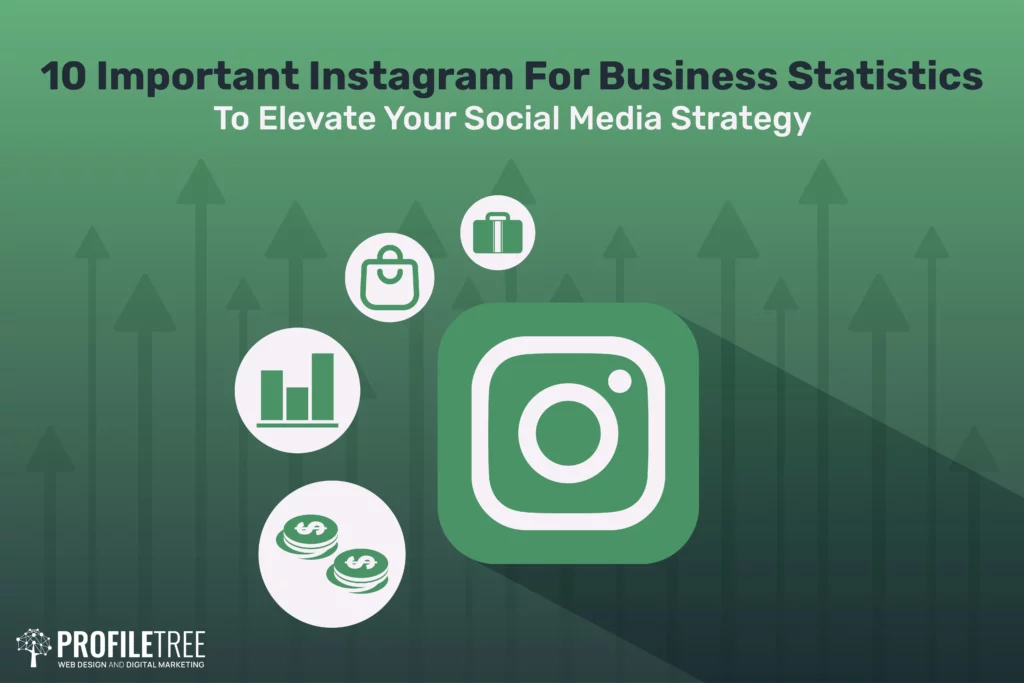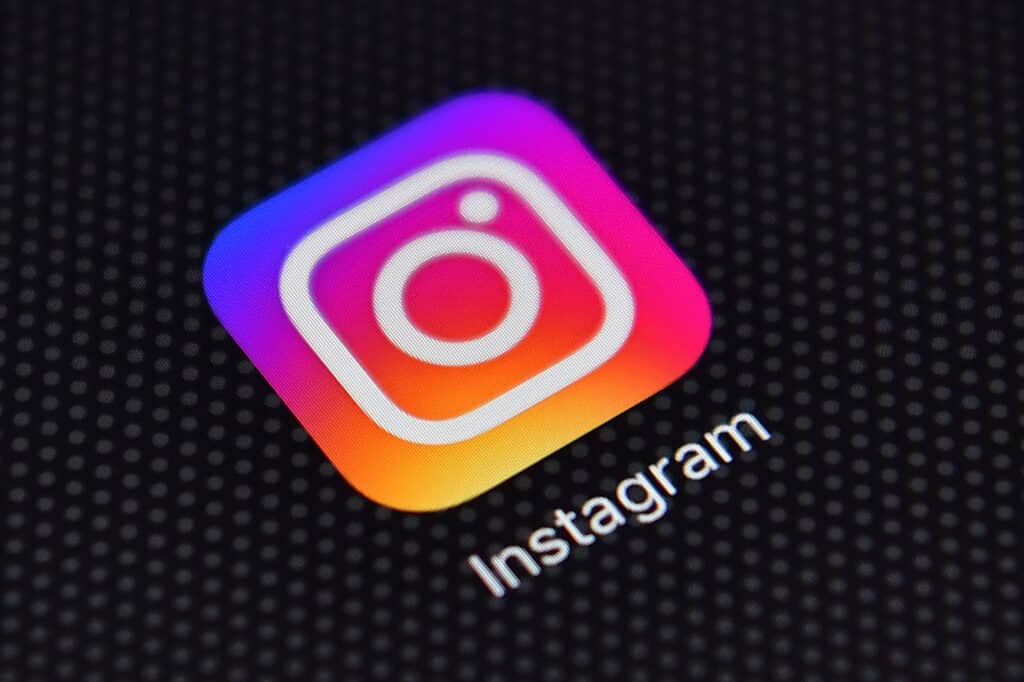In the labyrinth of modern healthcare, where advancements in medicine intersect with the intricacies of consumer engagement, the role of marketing emerges as a crucial force in shaping the landscape of patient care.
As we navigate the dynamic terrain of healthcare marketing, we uncover a trove of compelling statistics that unveil the evolving relationship between healthcare providers, patients, and the broader industry. Imagine a canvas where data-driven strategies paint a picture of innovation, access, and the delicate balance between wellness promotion and the business of healthcare.
So, get ready to dive deep into the world of Healthcare Marketing Statistics. Trust us, the numbers aren’t just figures on a spreadsheet; they’re the hidden language of a revolution unfolding before our eyes. Let’s learn it, speak it, and thrive in it together.
Healthcare Marketing Statistics: What is Healthcare Marketing?
Healthcare marketing is the process of creating and delivering value to patients, providers, and other stakeholders in the healthcare industry. Healthcare marketing encompasses various strategies and tactics, such as advertising, branding, content marketing, social media marketing, email marketing, and search engine optimisation.
Healthcare marketing aims to achieve various goals, such as increasing awareness, generating leads, acquiring new patients, retaining existing patients, improving patient satisfaction, and enhancing reputation.
Healthcare marketing is a dynamic and challenging field, as it faces many opportunities and challenges in the 21st century. Some of the opportunities include the growing demand for healthcare services, the increasing use of digital technologies, the rising consumer empowerment, and the emergence of new markets and segments. However, some of the challenges include high competition, complex regulations, ethical issues, changing consumer behaviour, and the COVID-19 pandemic.
To succeed in healthcare marketing, it is essential to understand the current trends and statistics that shape the industry and influence the consumer journey. In this article, we will present some of the most relevant and recent healthcare marketing statistics that you need to know in 2023.
Healthcare Marketing Global Reach
Before we delve into the specific platforms and communities, let’s take a bird’s-eye view of the vast digital healthcare landscape. Understanding the global reach of healthcare-related digital tools and online activities is crucial for setting your sights and tailoring your strategies. So, fasten your seatbelts, folks, as we take a whirlwind tour of the statistics shaping the global pulse of healthcare online.
1. The Digital Health Boom
The global digital health market is projected to reach a staggering $665.4 billion by 2025, growing at a phenomenal rate of 17.2% annually. This surge reflects the rapid adoption of healthcare apps, telehealth platforms, and online information-seeking by patients worldwide. Don’t let this number leave you bewildered–think of it as a vast ocean of potential patients waiting to be reached through the right digital channels.
2. Social Media Saturation
Remember those empty waiting rooms? Gone are the days when patients passively waited for referrals. With over 4.6 billion active social media users globally, these platforms have become vibrant marketplaces for healthcare information and engagement.
Facebook, YouTube, and Instagram lead the pack, with China and India boasting the largest user bases. This global phenomenon means your outreach can potentially transcend geographical boundaries, connecting you with patients you may never have envisioned reaching before.
3. Regional Variations
But hey, the world isn’t a homogenous monolith. While social media penetration is high in many regions, adoption rates and user preferences vary significantly. For example, Facebook reigns supreme in Europe, while WeChat dominates in China. Understanding these regional nuances is key to tailoring your content, language, and platform choices to resonate with specific patient demographics.
4. The Mobile Advantage
Remember that smartphone glued to your patient’s hand? It turns out it’s not just for Candy Crush. Over 70% of healthcare-related digital activities happen on mobile devices. This means optimising your website and content for mobile viewing is non-negotiable. Think bite-sized information, user-friendly interfaces, and mobile-first marketing strategies to capture the attention of patients on the go.
5. The Future of Access
The digital health revolution isn’t just about convenience; it’s about democratising access to healthcare. Telehealth platforms are bridging geographical and financial barriers, connecting patients in remote areas or with limited resources to qualified healthcare professionals. As this trend continues to gain momentum, consider expanding your digital repertoire to cater to patients who may not be able to physically visit your practice.
The Digital Watering Holes: Where the Patients Connect and Converge
While the global reach of healthcare online paints a fascinating picture, the real action happens on specific platforms where your patients congregate and engage. So, grab your net and metaphorical binoculars, folks, as we dive into the diverse ecosystems of the top social media platforms used in healthcare.
1. Facebook: The Unwavering Giant
With over 2.9 billion monthly active users, Facebook remains the undeniable king of social media, attracting people of all ages and demographics. This includes, of course, your patients. From sharing health tips and news to forming support groups and connecting with doctors, Facebook offers a wealth of opportunities for healthcare engagement.
Consider creating a vibrant page for your practice, leveraging targeted ads to reach specific patient groups, and fostering community interaction through polls, Q&A sessions, and live videos.
2. Instagram: The Visual Storyteller
For visually engaging content that resonates with younger generations and healthcare influencers, Instagram takes the crown. Think compelling patient success stories, educational infographics, and behind-the-scenes glimpses into your practice. Utilise relevant hashtags to reach the right audience, partner with micro-influencers in your niche, and leverage Instagram Stories for real-time engagement and updates.
3. YouTube: The Knowledge Hub
When it comes to in-depth information and patient education, YouTube reigns supreme. Create informative videos on common health concerns, treatment procedures, and preventive tips. Utilise playlists to build educational series, consider live-streaming for interactive sessions, and encourage patient questions and comments to foster trust and build a loyal following.
4. LinkedIn: The Professional Playground
Don’t underestimate the power of LinkedIn for connecting with other healthcare professionals, potential partners, and industry leaders. Showcase your expertise through engaging posts, share research findings and case studies, and participate in relevant groups and discussions to establish yourself as a thought leader in your field.
5. The New Kids on the Block
While established platforms are essential, emerging players like TikTok and Twitch are attracting diverse healthcare audiences. Consider short-form, educational videos on TikTok or interactive health-related streams on Twitch, but proceed with caution – the content on these platforms needs to be age-appropriate and ethically sound.
Demystifying the Digital Tribe: Understanding Patient Personas in the Online Jungle
With the vastness of the online healthcare landscape explored, let’s zoom in on the diverse inhabitants: your patients! But they’re not just faceless figures behind screens; they’re individuals with unique online habits, interests, and information-seeking behaviours.
Understanding these digital personas is your secret weapon for crafting targeted content, choosing the right platforms, and, ultimately, connecting with them on a deeper level.
1. Age and Engagement: Generations with Distinct Digital Footprints
Millennials, the tech-savvy generation born between 1981 and 1996, dominate the online healthcare space. They devour content, gravitate towards platforms like Instagram and TikTok, and champion authenticity. But don’t underestimate the Baby Boomers (1946-1964).
While their social media presence might be smaller, they’re active on Facebook and seek news and connections online. Understanding these age-specific nuances allows you to tailor your content format, tone, and platform choices to resonate with each demographic.
2. Beyond Demographics: Interests and Identities Take Center Stage
Age is just the tip of the iceberg. Patients are not mere numbers; they’re driven by passions, hobbies, and unique identities. Fitness enthusiasts gather on Strava, gamers congregate on Twitch, and bookworms flock to Goodreads. These niche communities offer a chance to hyper-target audiences and build genuine connections based on shared interests.
Explore the diverse ecosystems within platforms like Reddit or X, where medical professionals connect with patients facing similar concerns. Remember, understanding these diverse communities not only fosters engagement but also challenges you to move beyond stereotypes and embrace the richness of human experience online.
3. Location Shapes Online Behavior: Geofencing Your Audience
Geography plays a crucial role in how patients utilise healthcare information online. Urban dwellers might rely on telehealth platforms for convenience, while rural populations may seek information through local Facebook groups or specialised healthcare forums.
Researching the online habits and preferred platforms of your target audience based on their location ensures your efforts reach the right eyes and ears. Think local SEO optimisation, regional social media partnerships, and community-specific content to truly connect with patients where they are.
4. The Micro-Influencer Advantage: Trustworthy Voices in the Digital Landscape
Forget celebrity endorsements; the future lies in the hands of micro-influencers. These everyday individuals with dedicated followings in specific healthcare niches hold immense power when it comes to building trust and influencing patient behaviour.
Partnering with a fitness instructor with a strong Instagram community focusing on post-surgery rehabilitation or a nurse blogger advocating for chronic disease management can offer incredible reach and authenticity. Leverage micro-influencers to amplify your message, address specific patient concerns, and build long-lasting relationships with your target audience.
5. Understanding Motivations: From Information Seekers to Active Participants
Remember, not all patients online are looking for appointments. Some seek health information, others crave support groups, and some might be advocates for healthcare causes. Identifying the motivations behind their online behaviour allows you to create content and offer resources that genuinely cater to their needs.
Develop informative blog posts for information seekers, foster interactive group discussions for those seeking support, and empower patient advocates by amplifying their voices through your platforms.
In conclusion, the exploration of healthcare marketing statistics reveals a sector in constant flux, shaped by technological advancements, patient empowerment, and an ever-expanding digital landscape. Beyond the numbers, these statistics encapsulate a narrative of evolution and adaptation, where healthcare marketing is not just about promoting services but fostering relationships, instilling confidence, and contributing to the overall well-being of individuals and communities.


